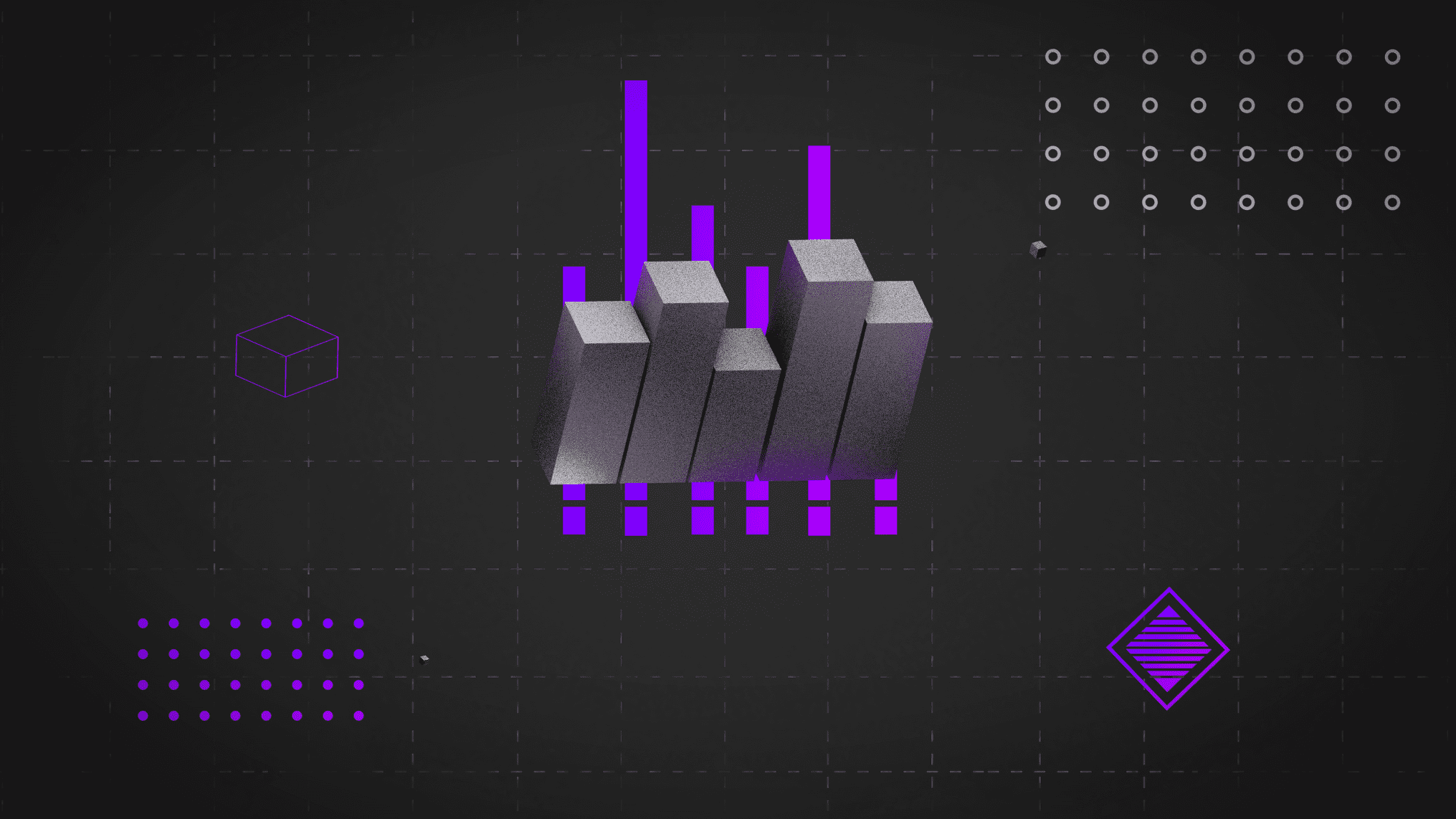Table of Contents
This document provides a systematic approach to organizing and conducting interviews that align with current industry standards and technological advancements. Whether you’re a hiring manager, HR professional, or part of a recruitment team, these guidelines will help you create an efficient, fair, and effective interview process that identifies top talent while providing an excellent candidate experience.
In today’s rapidly evolving job market, the interview process has become increasingly sophisticated, incorporating artificial intelligence, virtual reality assessments, and data-driven decision-making tools. This guide will help you navigate these modern developments while maintaining the human touch that is essential for successful hiring. We’ll cover everything from initial planning and scheduling to post-interview evaluation and continuous improvement strategies.
The methods and recommendations outlined in this document are based on proven practices and emerging trends in talent acquisition. By following these guidelines, you’ll be equipped to conduct interviews that assess candidates effectively and showcase your organization’s professionalism and commitment to excellence in recruitment. Let’s dive into the essential elements of creating a robust interview process that meets the demands of today’s competitive job market.
Pre-Interview Planning
The foundation of successful interviews lies in meticulous and comprehensive preparation. Begin this critical phase by thoroughly defining the role requirements and crafting a detailed job description that encompasses all essential responsibilities, qualifications, and expectations. This careful documentation serves as a crucial alignment tool, ensuring that both the hiring team and potential candidates share a clear and consistent understanding of the position’s scope and requirements.
During this preparatory phase, strategically assemble a diverse and well-balanced interview panel that contributes multiple valuable perspectives to the evaluation process. Each interviewer should be carefully selected and assigned a distinctive focus area that aligns with their expertise, whether that involves assessing technical proficiency, evaluating cultural alignment, gauging leadership capabilities, measuring problem-solving abilities, or examining other critical competencies essential for success in the role.
Dedicate time to developing comprehensive candidate profiles that go beyond traditional resume reviews. These detailed dossiers should encompass a thorough examination of their professional digital presence, an in-depth review of their portfolio work, careful consideration of their professional recommendations, and analysis of any pre-screening assessment results. This multi-faceted approach to candidate evaluation provides valuable insights that enable you to customize the interview approach to each individual’s unique background and experience, resulting in more meaningful and productive conversations during the actual interview process.
Creating the Interview Schedule
When scheduling interviews, be mindful of both the interviewer’s and candidate’s time. Use modern scheduling tools to coordinate availability and send automated reminders. Allow sufficient time between interviews for note-taking and brief breaks.
A comprehensive multi-stage interview process typically includes initial screening calls with HR, followed by technical or skills assessments. Next are panel interviews with team members and cultural fit evaluations. The process concludes with a final round with senior leadership.
Technology Integration
In 2025, the strategic implementation of cutting-edge technology will become an essential component for orchestrating a seamless and professional interview process. Organizations must carefully select and deploy sophisticated AI-powered scheduling systems that not only effortlessly manage complex time zone calculations but also intelligently coordinate with multiple calendars to find optimal interview slots.
These advanced systems should automatically generate and distribute comprehensive preparation materials, send strategically timed reminders, and provide candidates with detailed instructions for accessing virtual interview platforms.
Your virtual interview infrastructure must incorporate state-of-the-art video conferencing capabilities that ensure crystal-clear audio transmission and ultra-high-definition video quality, enabling natural and engaging conversations. The platform should seamlessly integrate sophisticated screen sharing functionality for detailed technical demonstrations, feature interactive virtual whiteboard capabilities for collaborative problem-solving exercises, and include professional-grade recording capabilities (always obtained with explicit candidate consent and in compliance with privacy regulations).
Additionally, redundant communication channels and backup systems should be established to ensure interview continuity in case of technical difficulties, including secondary video conferencing platforms and alternative audio connection options.
Preparing the Interview Environment
Whether conducting interviews virtually, like using Zoom or Google Meet, or in person, it is crucial to establish a professional, welcoming, and distraction-free environment that facilitates productive conversations and puts candidates at ease. For virtual interviews, thoroughly test all technology components well in advance, including video conferencing software, microphone settings, screen sharing capabilities, and internet connectivity.
Develop comprehensive contingency plans for various technical issues, such as having alternative communication platforms ready, backup devices available, and clear protocols for reconnecting if disconnections occur. For in-person interviews, carefully prepare an inviting meeting space that authentically showcases your company culture while maintaining a professional atmosphere.
Consider investing in purpose-built interview rooms specifically designed to support modern recruitment needs. These dedicated spaces should be thoughtfully equipped with cutting-edge technology for presentations and demonstrations, high-quality video conferencing equipment for hybrid interviews, and essential materials such as notepads, water, and company information packets.
The physical environment should feature optimal lighting conditions that ensure clear visibility without creating glare or shadows, superior acoustic treatment to minimize external noise and echo, ergonomic furniture that promotes comfort during extended interview sessions, and climate control systems that maintain an ideal temperature. These carefully considered elements work together to create an environment that helps both interviewers and candidates perform at their best while reinforcing your organization’s commitment to professional excellence.
Comprehensive Question Framework
Design and implement a comprehensive yet adaptable interview framework that seamlessly integrates structured evaluation methods with organic dialogue opportunities. This carefully balanced approach ensures consistent assessment across candidates while allowing conversations to flow naturally and revealing authentic insights about each individual.
Your question framework should be methodically organized to evaluate multiple critical dimensions: in-depth technical proficiencies directly relevant to the position’s requirements, sophisticated problem-solving capabilities and analytical reasoning skills, advanced communication abilities and interpersonal effectiveness in various professional contexts, demonstrated leadership qualities and understanding of team dynamics, proven capacity for rapid adaptation and continuous learning in evolving environments, and meaningful alignment with organizational culture and core values.
This multifaceted assessment structure enables interviewers to gather rich, detailed information while maintaining an engaging and professional conversation that allows candidates to fully showcase their qualifications and potential.
Candidate Experience Enhancement
Elevate the candidate experience through consistent, transparent, and comprehensive communication that demonstrates your organization’s professionalism and respect for candidates’ time. Establish a robust information delivery system that proactively addresses candidates’ needs by providing meticulously prepared documentation packages.
These comprehensive packages should include detailed scheduling information with precise timing for each interview segment, complete biographical information about the interview panel members including their roles and areas of expertise, exhaustive technical specifications for any required virtual platforms or software tools, step-by-step setup guides for testing and confirming technology compatibility well in advance, rich contextual information about your organization’s mission and values, detailed insights into your company culture and work environment, and carefully curated preparation materials that enable candidates to showcase their best qualities during the interview process.
Post-Interview Evaluation
Implement a comprehensive and methodical approach to gathering detailed feedback from all interviewers promptly following each interview session. Utilize carefully designed standardized evaluation forms that incorporate specific assessment criteria, ensuring consistent objectivity across evaluations and enabling meaningful comparisons between candidates.
These forms should facilitate both structured ratings and detailed observations, creating a robust foundation for analysis. Establish well-defined communication channels and protocols that enable swift and efficient decision-making while maintaining thorough documentation of the evaluation process.
Develop an intricate scoring system that thoughtfully weighs various aspects of the candidate’s performance based on specific role requirements and organizational needs. This sophisticated evaluation framework should encompass both detailed quantitative metrics for measuring technical skills and experience, as well as nuanced qualitative assessments that capture interpersonal abilities, cultural fit, and potential for growth. Include carefully calibrated rubrics that guide evaluators in assigning consistent scores across multiple dimensions, ensuring a comprehensive and balanced evaluation that supports informed hiring decisions.
Documentation and Compliance
Establish and maintain comprehensive documentation protocols that capture every aspect of the interview process in meticulous detail. This includes creating detailed records of all questions posed during interviews, maintaining verbatim transcripts or thorough summaries of candidate responses, preserving structured interviewer evaluations and informal feedback notes, and documenting any follow-up actions or decisions made.
Implement rigorous compliance measures to ensure all documentation adheres to current employment legislation, data protection requirements, and privacy regulations across relevant jurisdictions. This systematic approach to documentation not only provides essential legal protection for your organization but also generates valuable historical data that can be analyzed to identify trends, optimize interview effectiveness, and continuously refine your recruitment strategies.
Develop and implement a sophisticated digital archival system specifically designed for interview-related documentation. This secure repository should feature military-grade encryption protocols, granular access controls that limit document visibility based on role-specific permissions, automated retention schedules that ensure compliance with legal requirements, and comprehensive audit trails that track all document access and modifications. The system should also incorporate advanced search capabilities, automated backup procedures, and disaster recovery protocols to ensure the long-term preservation and accessibility of these critical records.
Feedback and Continuous Improvement
To ensure continuous improvement of your interview process, implement a robust feedback collection system that gathers detailed insights from both candidates and interviewers after each interview cycle. This comprehensive feedback mechanism should include structured surveys, open-ended questionnaires, and opportunities for informal discussions about the interview experience. Use this valuable information systematically to refine and enhance your procedures, making data-driven adjustments that optimize the effectiveness of your recruitment efforts.
Track and analyze essential performance indicators, including time-to-hire metrics that measure recruitment efficiency, detailed candidate satisfaction scores that evaluate the interview experience, interview-to-offer ratios that assess process effectiveness, new hire performance correlation data that validates selection criteria, and comprehensive diversity and inclusion metrics that ensure equitable hiring practices. Additionally, monitor interviewer feedback consistency, candidate pipeline quality metrics, and the effectiveness of different interview stages in predicting successful hires.
Conclusion
A meticulously structured and thoughtfully organized interview process serves as the cornerstone for identifying and attracting exceptional talent that will drive your organization’s success. By implementing a systematic approach to candidate evaluation, you create opportunities to discover individuals whose skills, experiences, and potential align perfectly with your organizational needs and future growth objectives. Regular assessment and strategic refinement of your interview procedures are essential to ensure they remain effective, relevant, and competitive in the dynamic and rapidly evolving job market of 2025.
These continuous improvements help you stay ahead of industry trends, adapt to changing candidate expectations, and optimize your talent acquisition strategies. Remember that the interview process serves a dual purpose: while it enables you to thoroughly evaluate candidates’ qualifications and potential contributions, it also presents a valuable opportunity to showcase your organization’s values, culture, and commitment to excellence, thereby positioning your company as an employer of choice in an increasingly competitive talent landscape.


